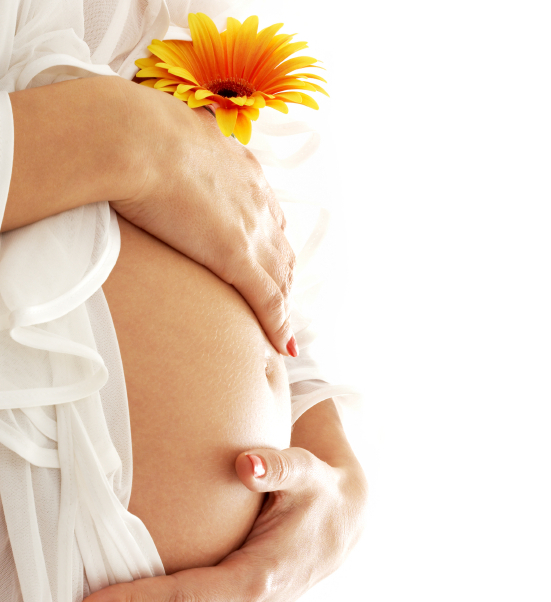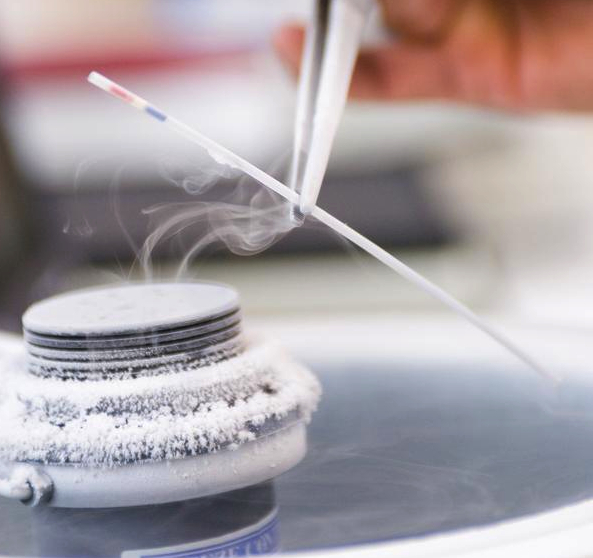An international stem cell conference scheduled to take place next month at the Vatican has been cancelled, and the Catholic News Agency has reported that the choice of speakers, which included a prominent Boston embryonic stem cell researcher, was a factor.
Month: March 2012
Personhood Bill Passes House Health Committee
Senate Bill 1433, also know as the Personhood Bill, passed the House Health Committee Tuesday with a 7-4 vote. The bill determines life starts at conception, which could make harming an embryo illegal.
Who Am I?
by Iris Waichler, L.C.S.W.
I recently listened to an incredible episode of the radio show This American Life. It was the story of 2 baby girls that were switched at birth. One mother knew nothing about it …
About the Fertility Clock
The Fertility Clock was developed by Dr. John Jain and Brigitte Mueller as an educational element for the film “My Future Baby: Breakthroughs In Modern Fertility”.
The Fertility Clock provides a simple graphic that can be used to estimate the monthly chance of having a baby.
Age-related decline in natural fertility is due to both decreases in egg count and egg quality; egg quality refers to an egg’s ability to create a chromosomally normal embryo.
As seen in the Fertility Clock, monthly birth rates remain relatively stable through age 35 despite a 90% drop in overall egg counts. Thereafter, birth rates decline more rapidly probably as a result of waning egg quality.
The data used to create the Fertility Clock was taken from landmark works in the fields of Population Research and Developmental Biology.
Using data from historical populations (1) and the most comprehensive study of ovarian reserve to date (2), estimates for monthly birth rates and egg counts were plotted in an age-dependent manner, from birth to menopause.
The rates depicted on the Fertility Clock estimate the experience for most women. As with all biological systems exceptions do exist.
(1) Wallace WH, Kelsey TW. Human ovarian reserve from Conception to the Menopause. PLoS One. 2010 Jan 27;5(1):e8772.
(2) Bongaarts, J. and Potter, R.G. (1983). Fertility, Biology, and Behavior: An analysis of the proximate determinants. New York, NY: Academic Press, Inc.
What is the Process for Fertility Testing?
Nine out of ten couples with a female partner under the age of 35 who are actively trying to get pregnant succeed within one year. The chance of a pregnancy is about 25% per month. For couples who fail to achieve pregnancy after one year (and for women over the age of 35 after 6 months) fertility testing is recommended to identify any obstacles that could prevent pregnancy.
A full medical history and physical examination can reveal problems related to pelvic surgery, cancer treatment, or menstrual disturbances that cause infertility.
Fertility testing is done to rule out specific problems in four areas:
Sperm Testing
For approximately one out of four couples, the quality or quantity of the male partner’s sperm is the underlying cause of infertility. Semenalysis can reveal issues with the sperm count, the motility of sperm (its ability to swim), and the morphology (shape) of the sperm.
Ovulation
For women with a history of irregular menses who do not ovulate regularly, underlying medical conditions may be the cause of low fertility. Common problems include thyroid imbalances, high levels of a hormone called prolactin, or polycystic ovarian syndrome (PCOS). Blood tests and ultrasound exams are used to diagnose these conditions.
Uterus and Fallopian Tubes
Fallopian tubes that are closed can interfere with fertility by making it impossible for an embryo to reach the uterus. Causes of blockage may include previous pelvic surgery or complications from STDs. The uterus may also contain fibroids or polyps that limit the chances of pregnancy. An exam called a hysterosalpingogram (HSG) is used to detect structural problems with the fallopian tubes and uterus. It involves the injection of a contrast dye into the cervix to make the patient’s internal reproductive organs visible in x-rays.
Eggs
The quality and quantity of a woman’s eggs plays a vital role in fertility. Egg quality cannot be determined with fertility testing, but it is strongly correlated with age. The quantity of eggs can be estimated using blood tests such as the FSH (follicle stimulating hormone) and AMH (anti-mullerian hormone). AFC (antral follicle count) is an ultrasound test that can also assist in estimating the number of eggs available.
What is Egg Freezing
What Is Egg Freezing?
Egg freezing is a breakthrough technology that allows women to freeze and store their eggs until a pregnancy is desired. At that time, the eggs are thawed, fertilized and transferred to the uterus as embryos.
Who May Benefit
Many women today are postponing childbearing because they are focused on a career, are returning to school, or because they simply haven’t met the right person. For these women, egg freezing is revolutionary, not just in its technology, but in the life choices it allows them to make.
Over 50,000 reproductive-aged women are diagnosed with cancer each year in the United States. Surgery, chemotherapy and radiation treatments typically lead to infertility by destroying the eggs. While options vary depending on age, type of cancer and cancer-treatment plan, egg freezing can provide these women the opportunity to preserve their fertility.
And finally, egg freezing can be useful for individuals with religious or moral objections to storing frozen embryos that remain following a routine IVF cycle.
How Egg Freezing Works
It takes approximately four to six weeks to complete the egg freezing cycle, which follows the same protocol as IVF. This includes birth control pills and self-administered hormone injections to stimulate the ovaries. Eggs are retrieved and are frozen immediately following retrieval. When embryo transfer is desired, the eggs are thawed, injected with a single sperm to achieve fertilization, and transferred to the uterus as embryos.
Storage
We recommend that at least ten eggs be stored for each pregnancy attempt. For women under thirty-eight years of age, we normally harvest ten to twenty eggs per cycle. Based on our success with embryo freezing, we believe that long-term storage of frozen eggs is possible.
Success Rates
Our most recent frozen egg pregnancy rates are among the highest in the country – approximately 50% with the vitrification method. This figure is well above the national average for frozen embryos. Furthermore, we anticipate continued success and improvement in these rates with our dedication to ongoing research in the field.
Safety
To date, approximately 1500 babies have been born worldwide from frozen eggs. Among these births, the rate of birth defects and chromosomal defects has been no higher than that which we see in the general population.
Cost
The cost of egg freezing is approximately $10,000 – $15,000 plus annual storage fees.
A Promise to Keep: Ending Preventable Child Deaths
PMNCH would like to thank all our Partners for sharing their views and comments on the deliverables, timeline, and integration of this project with the many other important global initiatives currently underway.
New Hope for Women as Ovarian Transplant Operations to Become Available in the UK
Three women who have received ovarian transplants have given birth to seven children, with one expecting again.
ASRM and SART Address Zoning Controversy Affecting Illinois IVF Clinic
Today, ASRM and SART sent the following letter to the Mayor of Naperville, IL over the delay by the Naperville City Council in allowing the opening of an IVF clinic.
Fertility Doctor Surprised by Opposition in Naperville
Dr. Randy Morris hopes to consolidate his office and fertility clinic on this lot at Washington Street and Benton Avenue in downtown Naperville…and provide services that include insemination, in vitro fertilization and unblocking fallopian tubes.

